- Seafood is delicious and nutritious, but it’s also highly perishable. Whether it’s leftover shrimp from last night’s scampi, raw fish from sushi night, or cooked shellfish from the clambake, proper storage is essential to prevent foodborne illness and to preserve flavor and texture. Here's how to store your seafood:
Raw Fish
It’s important not to let any raw seafood sit out for more than 2 hours. According to the USDA, raw fish can be refrigerated for up to 2 days, or frozen for 3-8 months.
Step 1. Seal:
Wrap tightly in moisture-proof paper or Glad® Cling’n Seal™ Wrap.
Step 2. Ice:
For best results, place sealed bags on a bed of ice inside your refrigerator to maintain freshness. Ideal storage temperature is 40°F (4°C) or below.
Step 3: Freeze
Place wrapped fish in Glad® Flex’n Seal™ Freezer Bags if not used within 2 days. According to FoodSafety.gov, fatty fish such as catfish, mackerel, salmon and tuna can be frozen 2-3 months, while lean fish like halibut, sole, cod and flounder can be frozen up to 8 months.
Cooked Fish
Cooked fish can keep for up to 4 days if properly stored and refrigerated, or frozen for up to 2 months. Be sure to reheat fish to an internal temperature of 145°F (63°C) Before eating.
Step 1. Seal:
Store in a container sealed with Glad® Cling’n Seal™ Wrap.

Step 2. Refrigerate:
Place sealed fish in a refrigerator set to 40°F (4°C) or below.

Step 3. Freeze:
Transfer fish to Glad® Flex’n Seal™ Freezer Bags, removing as much air as possible. Always label and date bags before freezing.
Raw Shrimp
The USDA recommends that raw shrimp be stored in a refrigerator for up to 2 days or frozen for up to 7 months.
Step 1. Seal:
Keep shrimp in its original sealed packaging or transfer to a Glad™ Flex’n Seal™ Food Storage bag.
Step 2. Refrigerate:
Place bag directly onto ice in a fridge set to 40°F (4°C) or below. Avoid cross-contamination drips by storing on a shelf under ready-to-eat foods.

Step 3. Freeze:
If raw shrimp won’t be used within 2 days, freeze them in Glad® Flex’n Seal™ Freezer Bags with heads removed but shells still on.
Cooked Shrimp
According to the USDA, even cooked shrimp should never sit out for more than 2 hours (or 1 hour if above 90°F). Properly prepared cooked shrimp can be refrigerated for up to 4 days, or frozen for up to 3 months.
Step 1. Seal:
Cool quickly and store in Glad™ Flex’n Seal™ Food Storage bag or a container sealed with Glad® Cling’n Seal™ Wrap.

Step 2. Refrigerate:
Place bag directly onto ice in a fridge set to 40°F (4°C) or below. Avoid cross-contamination drips by storing on a shelf under ready-to-eat foods.

Raw Oysters (in Shell)
Step 1. Refrigerate:
Place in a shallow pan in the refrigerator at 35–40°F (1.5–4.5°C).
Step 2. Cover:
Loosely drape with a damp cloth. Do not seal airtight.
Step 3. Inspect & Sort:
Dispose of any oysters with cracked shells or that don’t close when tapped. Refrigerated oysters are best eaten within 3 days, but can be kept up to 7 days.
Shucked Oysters
Step 1: Wrap:
Keep shucked oysters with their natural juices in a container sealed with Glad® Cling’n Seal™ Wrap.
Step 2: Refrigerate:
Refrigerate in the sealed container for up to 2 days.
Step 2: Freeze:
Transfer to Glad® Flex’n Seal™ Freezer Bags for freezing if needed. Remember to label and date the bags.
Cooked Oysters
Step 1: Cool:
Cool down cooked oysters as quickly as possible, and wrap with Glad® Cling’n Seal™ Wrap.
Step 2: Refrigerate:
Place the sealed container into the refrigerator at 40°F (4°C) or below, and store for up to 3 days.
How Long Can I Keep Shrimp in the Refrigerator?
Properly stored and refrigerated, raw shrimp can be kept for up to 2 days, and cooked shrimp can be kept for up to 4 days.
Where Should You Store Raw Fish in the Refrigerator?
Ideally, raw fish should be sealed in airtight bags and kept on a bed of ice. All seafood should be kept on a shelf below your ready-to-eat foods to help avoid cross-contamination.
How Long Will Oysters Keep in the Fridge?
Properly stored and refrigerated, oysters still in their shells can keep for up to 7 days, but should be eaten within 3 days for best quality. Shucked oysters can be kept refrigerated for up to 2 days, and cooked oysters for up to 3 days.
How Long Is Fish Good in the Freezer?
For best quality, cooked fish can be kept frozen for up to 3 months. Frozen raw fish is best when used within 3 to 8 months.
Why Is Proper Seafood Storage Important?
While safe storage preserves the flavor, texture and nutritional value of your seafood, it also protects your health, but. Fish and shellfish are very perishable and can quickly develop harmful bacteria if not properly stored.
Signs of Spoilage & How to Dispose
Spoiled seafood may have a sour, ammonia-like, or overly fishy odor, slimy or mushy texture and visible discoloration. Shellfish that don’t close when tapped or have cracked shells should be discarded. If you suspect seafood has gone bad, do not taste it. Use a strong Glad® Kitchen Bag with Clorox to help combat germs and odor.
For safe meat preparation, reference the USDA website.
TRASH BAGS FOR YOUR TOUGHEST JOBS— IN AND OUT OF THE KITCHEN
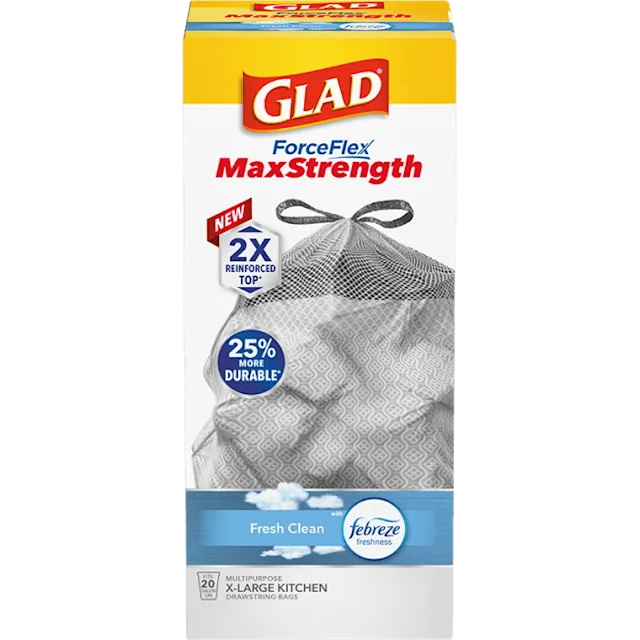
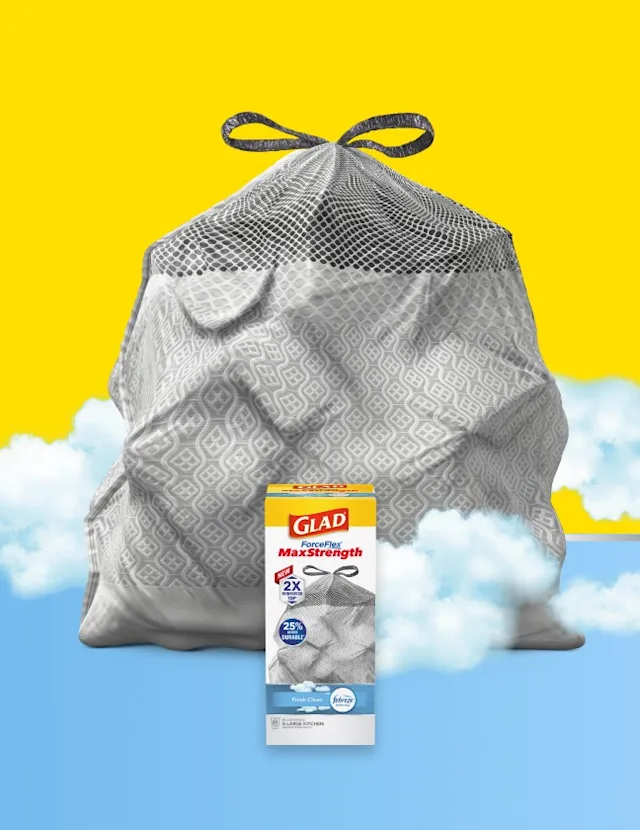
Please enable cookies to shop
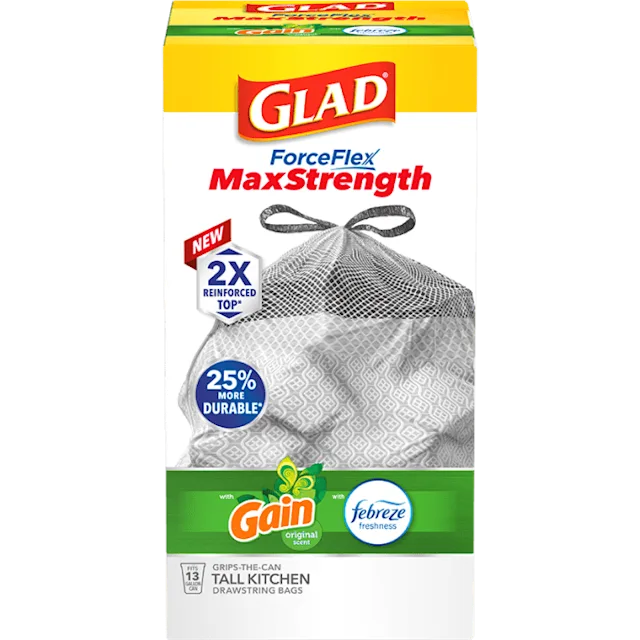
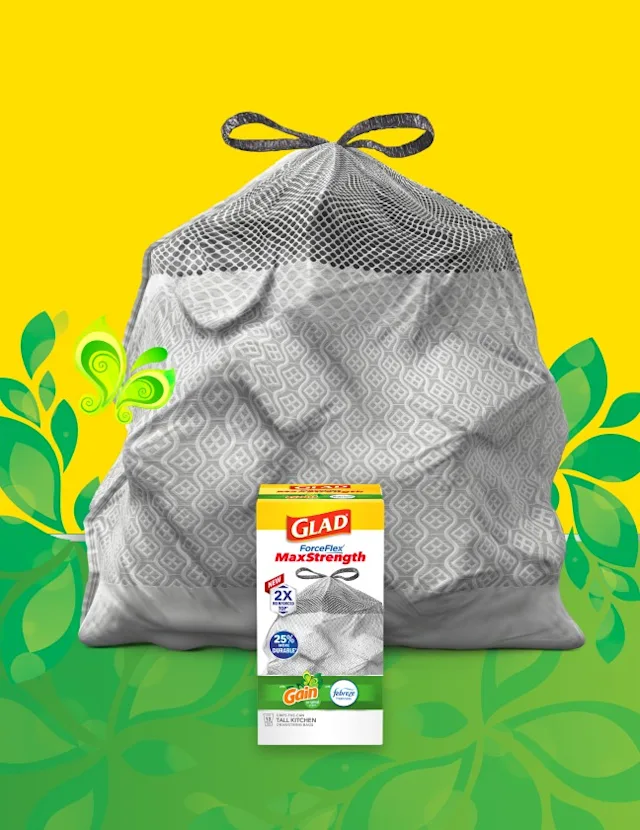
Please enable cookies to shop
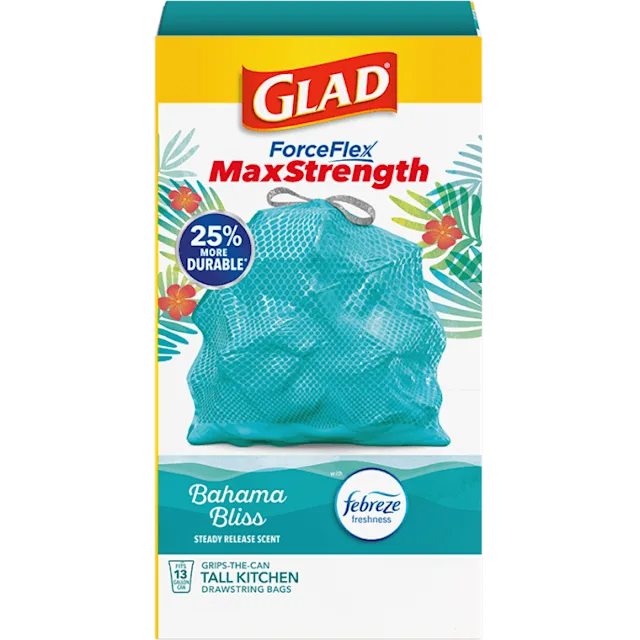

Please enable cookies to shop


Please enable cookies to shop

























